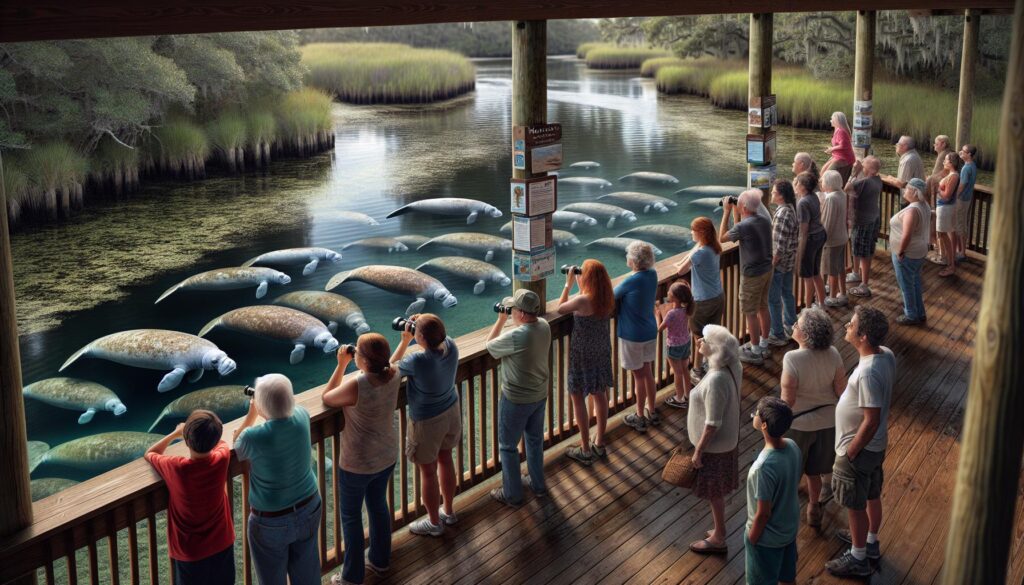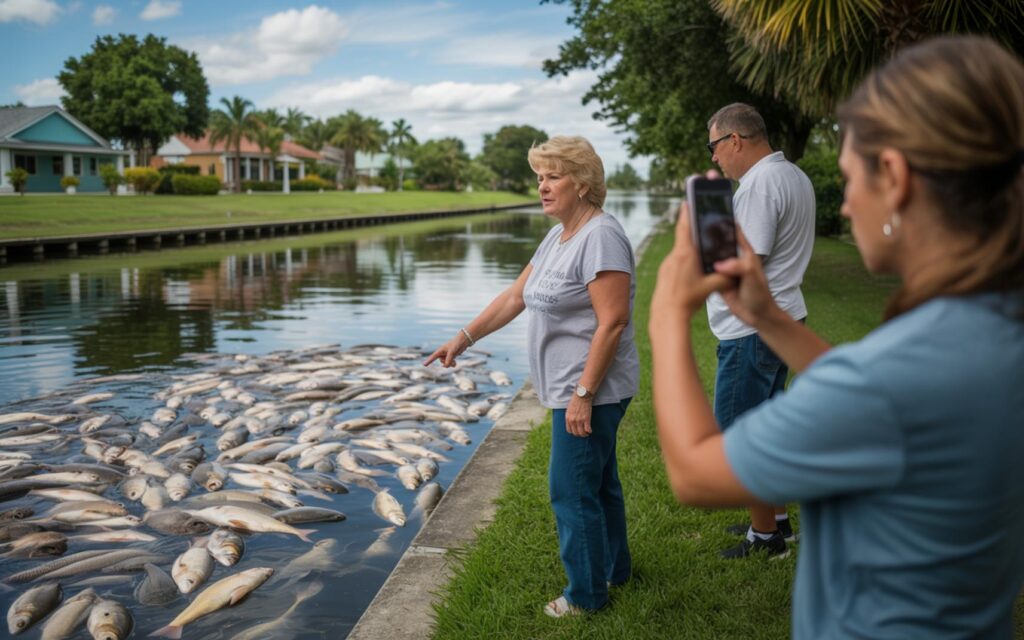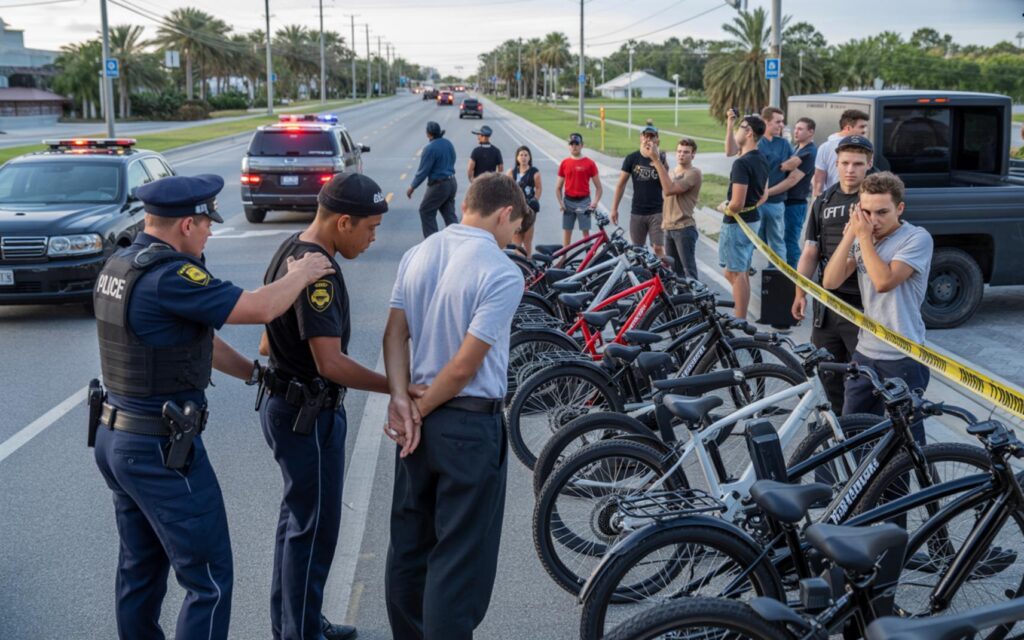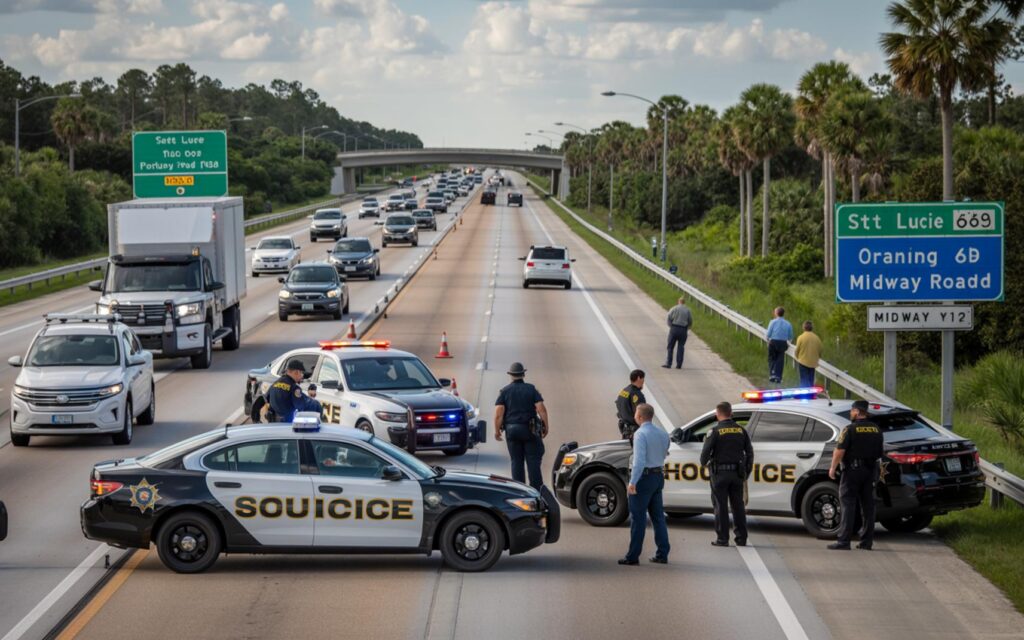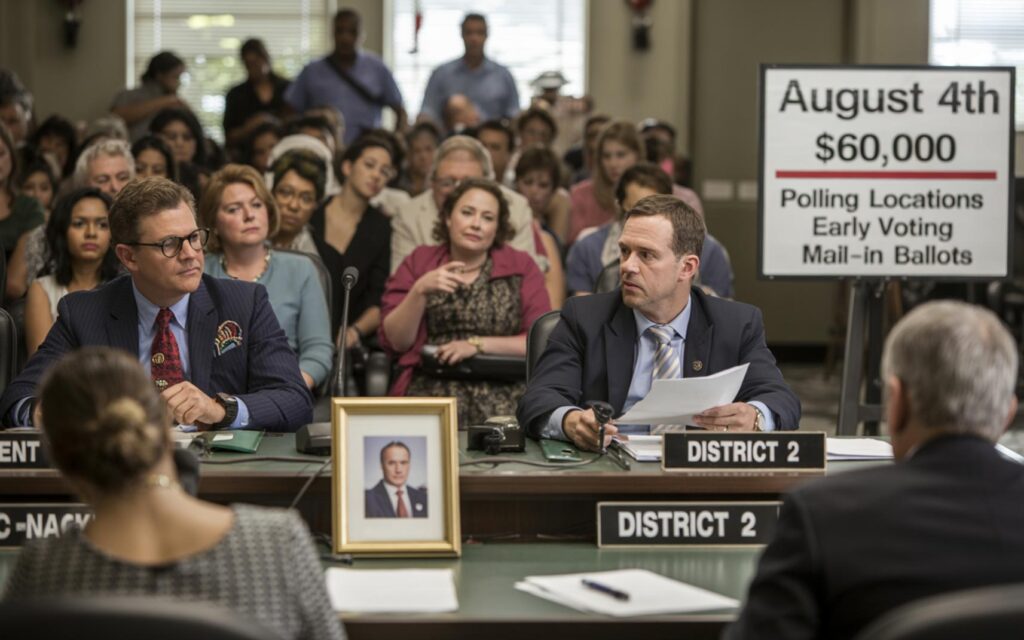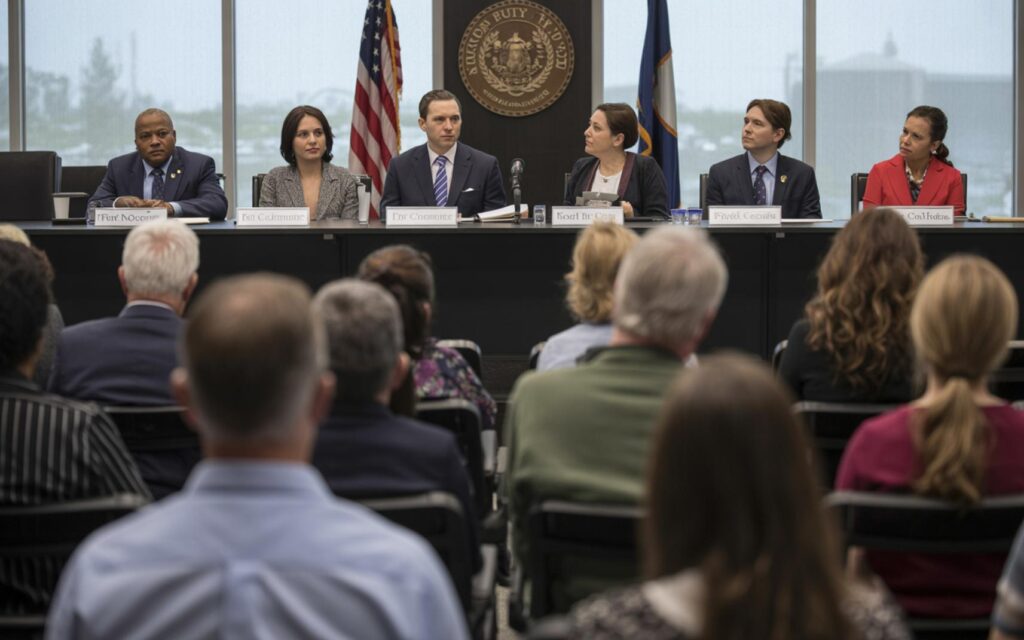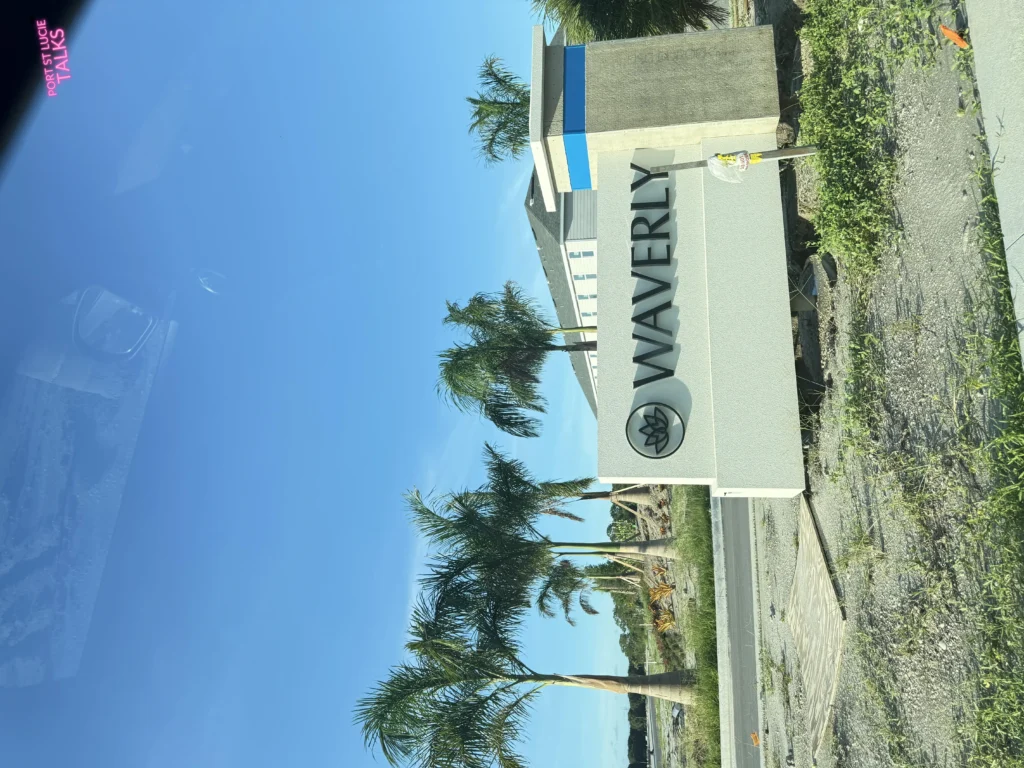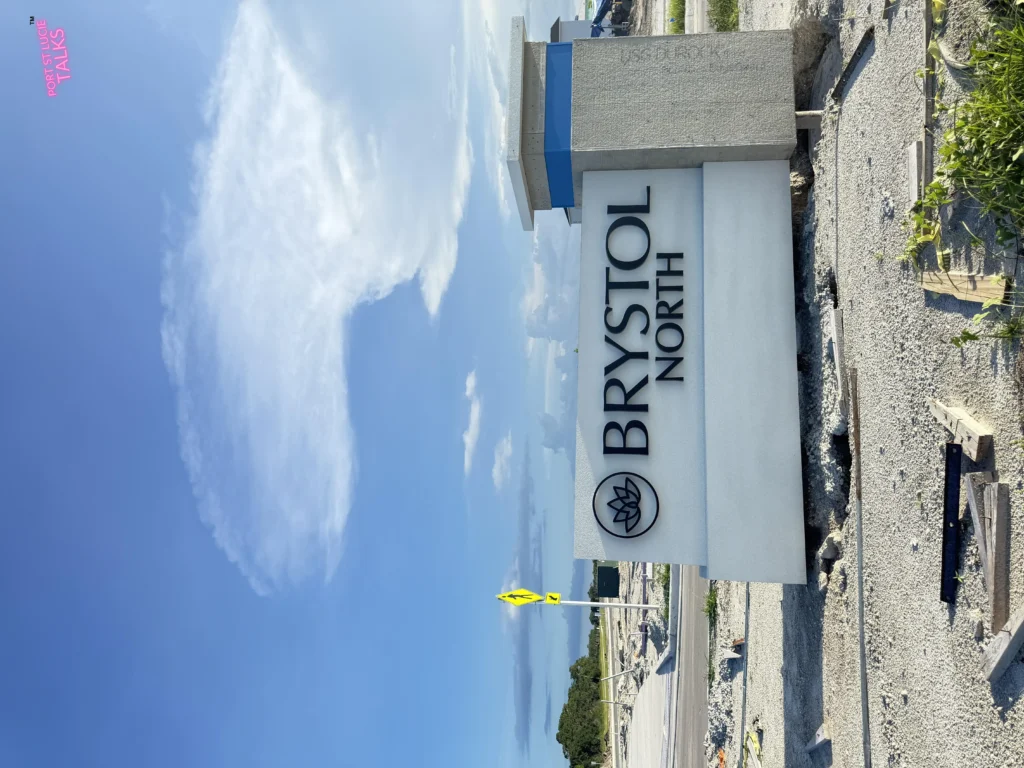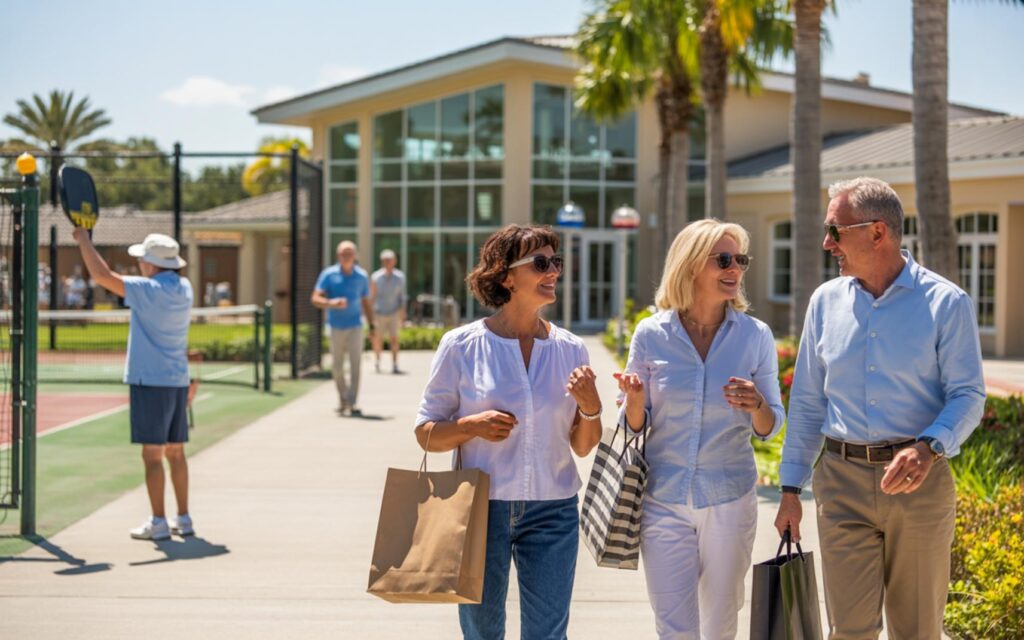Florida manatee viewing sites along the Treasure Coast continue to attract visitors despite the closure of popular power plant locations in Fort Pierce and Vero Beach. Once magnets for manatees due to their warm water outflows, these plants have been decommissioned, yet manatees still frequent the areas, offering ample opportunities for wildlife enthusiasts.
Popular Florida Manatee Viewing Sites on the Treasure Coast
Fort Pierce Manatee Center
The Fort Pierce Manatee Center, established in 1996, remains a significant Florida manatee viewing site. Initially built near the H.D. King Power Plant, which ceased operations in 2008, the center continues to provide education and viewing opportunities. Manatees consistently return to Moore’s Creek, adjacent to the center, despite the absence of the warm water previously provided by the plant.
Moore’s Creek: A Consistent Manatee Habitat
Research by Beth Brady, senior science associate at Save the Manatee Club, reveals that Moore’s Creek remains a reliable habitat for manatees. Data from 1997 to 2020 indicate regular sightings, suggesting that mother manatees teach their calves to frequent this area. Moore’s Creek acts as a “passive thermal basin,” retaining warmth longer than surrounding waterways, making it an ideal stopover point for manatees traveling between larger thermal refuges.
Other Nearby Manatee Viewing Locations
Beyond Fort Pierce, several other Florida manatee viewing sites are popular along the Treasure Coast:
- Manatee Lagoon in Riviera Beach, adjacent to the Florida Power and Light (FPL) plant
- Manatee Sanctuary Park near Cape Canaveral’s FPL plant
- Sebastian Inlet, a natural habitat frequented by manatees
- Round Island Riverside Park in Vero Beach
- Indian Riverside Park in Jensen Beach
Manatee Populations and Viewing Trends
Stable Sightings Despite Plant Closures
Despite the closure of power plants, manatee sightings at locations like Moore’s Creek remain stable. Between 1997 and 2020, the Fort Pierce Manatee Center recorded 6,697 sightings over 2,923 days, averaging approximately 2.29 sightings per day. Peak viewing months typically occur from November to March, aligning with the manatees’ search for warmer waters during cooler months.
Manatee Population Growth and Challenges
Florida’s overall manatee population has gradually increased over the past five decades. However, the number of manatees visiting Moore’s Creek has remained relatively constant, suggesting a consistent group returning annually. Despite population growth, manatees face significant threats, including boat strikes, pollution, and habitat disruption due to development. In response, Port St. Lucie residents have advocated for a manatee protection zone in the C-24 Canal to help mitigate these dangers.
Conservation Efforts and Community Initiatives
Educational Expansion at Fort Pierce Manatee Center
The Fort Pierce Manatee Center is expanding its educational programming to attract visitors year-round, even when manatee sightings are fewer. According to Elyse Geraghty, education coordinator at the center, the facility is being upgraded to become a regional resource hub for information about manatees and the Indian River Lagoon ecosystem.
Manatees as Indicators of Lagoon Health
Manatee health directly reflects the overall health of the Indian River Lagoon. Geraghty emphasizes that unhealthy manatees signal broader environmental issues within the lagoon. As such, monitoring manatee populations helps conservationists assess ecosystem conditions and advocate for necessary protective measures, such as implementing boating restrictions to safeguard manatees in vulnerable areas.
Threats to Manatee Populations
Boat Strikes Remain a Leading Danger
Boat collisions continue to be a primary threat to manatees. On average, a manatee experiences seven to ten boat strikes throughout its lifespan. Geraghty highlights the urgent need for boaters to adhere to speed limits and designated manatee zones to reduce these incidents.
Increasing Mortality Among Young Manatees
Recent statistics indicate a troubling rise in deaths among young manatees, particularly due to malnutrition and environmental stressors. In 2024, Florida recorded a record 154 perinatal manatee deaths, highlighting the importance of continued conservation efforts and habitat protection.
Pollution and Habitat Disruption
Pollution, particularly discarded plastics and fishing lines, poses additional risks to manatees. Major construction projects along waterways, such as King’s Landing in Fort Pierce and Three Corners in Vero Beach, require careful management to mitigate impacts on manatee habitats.
Frequently Asked Questions About Florida Manatee Viewing Sites
What are the best Florida manatee viewing sites near Port St. Lucie?
Popular nearby sites include the Fort Pierce Manatee Center, Sebastian Inlet, Round Island Riverside Park in Vero Beach, and Indian Riverside Park in Jensen Beach. Each location offers unique opportunities to observe manatees in natural settings.
Can you still see manatees at closed power plant sites?
Yes, manatees continue to visit areas like Moore’s Creek in Fort Pierce despite the closure of nearby power plants. These sites remain popular viewing locations due to consistent manatee presence.
How much does it cost to visit the Fort Pierce Manatee Center?
Admission fees to the Fort Pierce Manatee Center are typically minimal, often just a few dollars per person. The center provides educational exhibits and viewing platforms for visitors.
Are there specific months best for viewing manatees in Florida?
Yes, the best months for viewing manatees are typically November through March. During these cooler months, manatees seek warmer waters, making them easier to spot.
Where are other popular manatee viewing locations in Florida?
Other notable locations include Manatee Lagoon in Riviera Beach, Manatee Sanctuary Park near Cape Canaveral, and numerous natural springs throughout central and northern Florida.
Port St Lucie Talks

